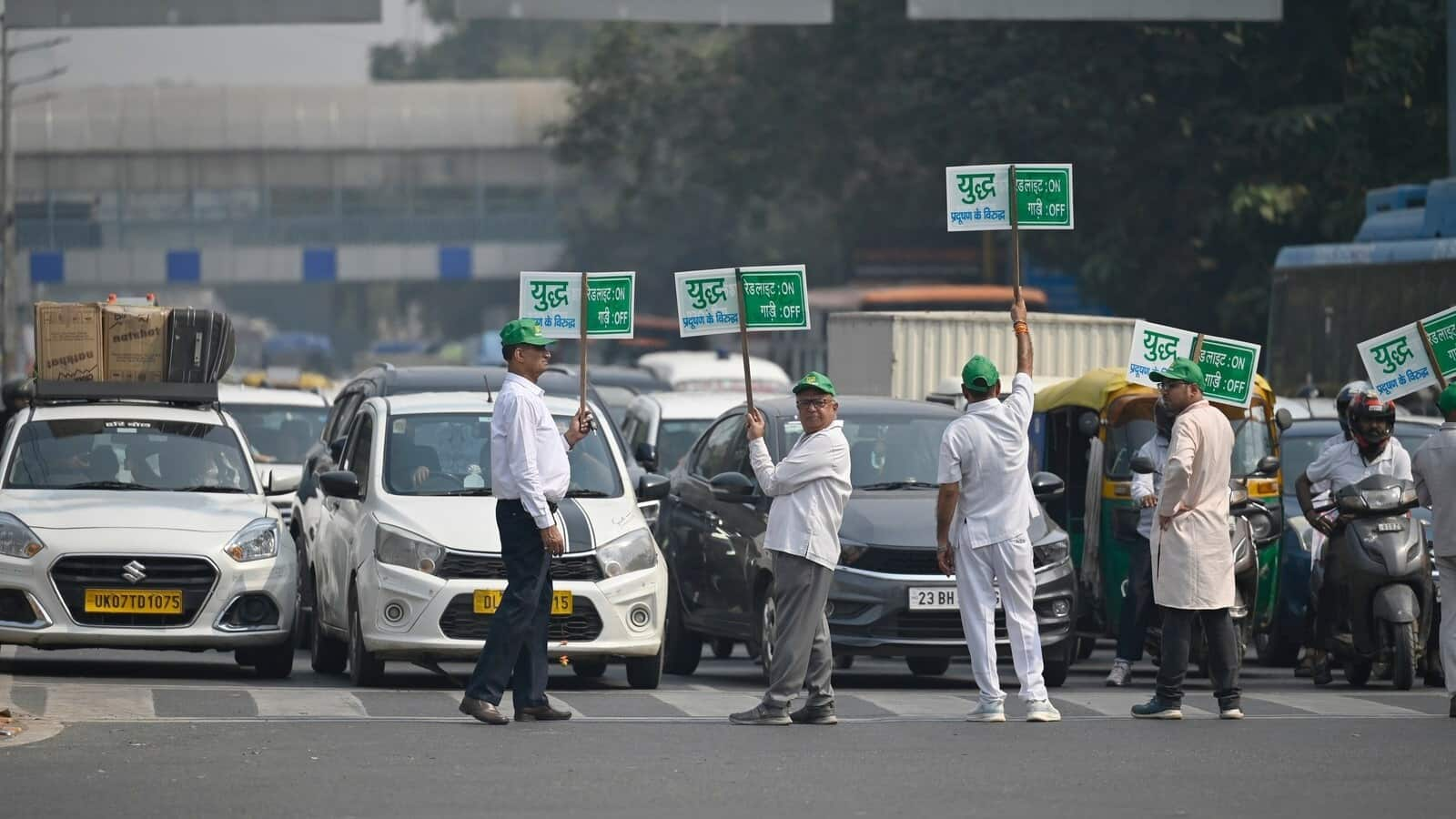
Delhi's AQI 'very poor', GRAP stage II measures implemented
What's the story
Delhi's air quality index (AQI) has plunged to the "very poor" category with an average AQI of 310. The sharp decline in air quality has prompted authorities to implement Stage II of the Graded Response Action Plan (GRAP) on Tuesday. The GRAP is a plan of action to tackle rising air pollution in Delhi and neighboring regions. Stage II of the plan is invoked when the AQI is between 301 and 400.
Pollution control
GRAP Stage II measures ban coal, firewood, and diesel generators
The implementation of GRAP Stage II also bans the use of coal and firewood in tandoors at hotels and eateries. Diesel generator sets are also banned under this stage, barring essential services. According to the Central Pollution Control Board (CPCB), of the 36 monitoring stations in Delhi, 26 recorded an AQI in the "very poor" category. Anand Vihar recorded an alarming AQI of 382.
Pollution sources
Transportation emissions and farm fires exacerbate Delhi's pollution
The real-time PM2.5 concentration in Delhi is currently 10.5 times above the World Health Organization's recommended limit. Major contributors to this alarming level of pollution include transportation emissions (which account for approximately 10.9% of Delhi's air pollution), stubble burning, and dust pollution. Satellite data recorded on Monday showed that farm fires are also a major contributing factor with 65 incidents reported in Punjab, two in Haryana, and 25 in Uttar Pradesh.
Weather forecast
Unfavorable weather conditions to keep Delhi's AQI 'very poor'
The India Meteorological Department has predicted that Delhi's AQI will stay in the 'very poor' category due to adverse weather conditions. These include low wind speeds and high moisture levels, which are typical as winter sets in. During this season, pollution particles act as surfaces for condensation, worsening the air quality woes of Delhi-NCR.
Additional measures
GRAP Stage II enforces additional measures to combat pollution
Other measures enforced under GRAP Stage II to fight the worsening air pollution include mechanical road sweeping and water sprinkling on roads. The plan also calls for dust control at construction sites. To discourage private transport use, vehicle parking fees have been hiked while bus and metro services have been ramped up. Delhi residents are advised to use public transport more frequently, minimize personal vehicle use, replace air filters regularly, and avoid dust-generating activities from October to January.
Government initiatives
Delhi government launches initiatives to reduce emissions
The Delhi government has also launched several initiatives to tackle the rising air pollution. These include the "Red Light On-Gaadi Off" campaign, which urges drivers to turn off their engines at red lights to curb emissions. A green war room has also been set up to battle pollution along with an anti-dust campaign and bio-decomposer spraying over stubble fields. These efforts come as winter approaches, bringing low wind speeds and high moisture levels that worsen pollution conditions in Delhi-NCR.